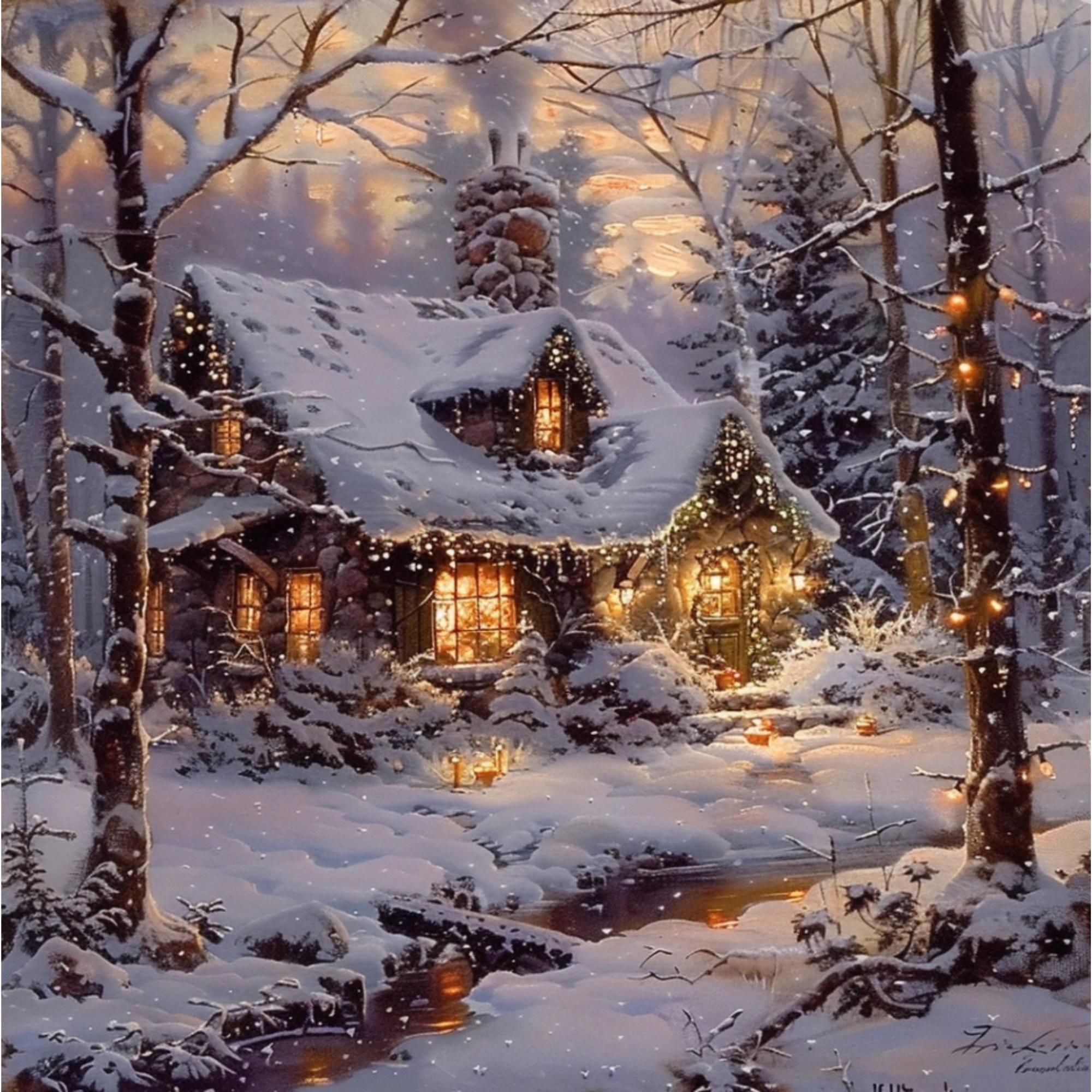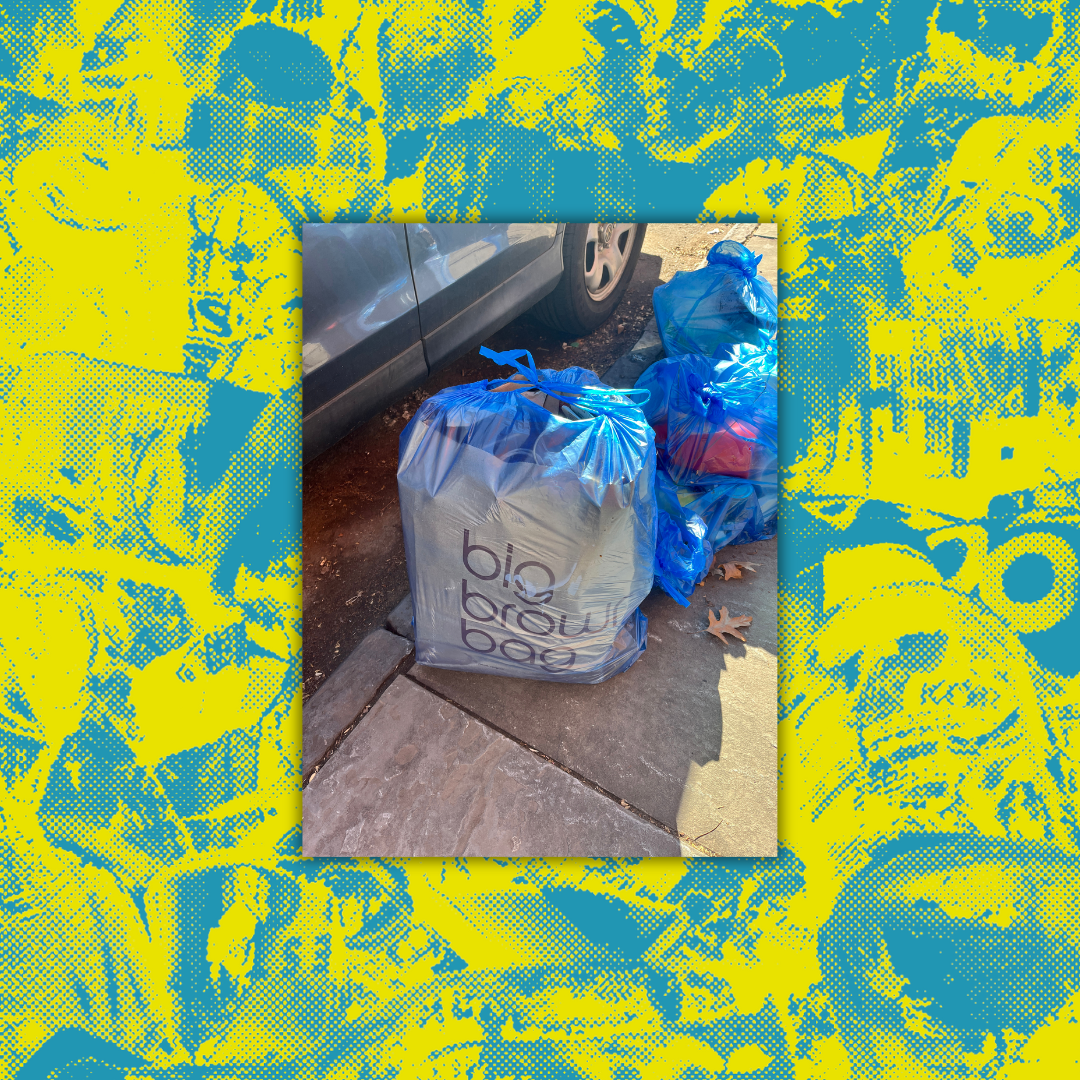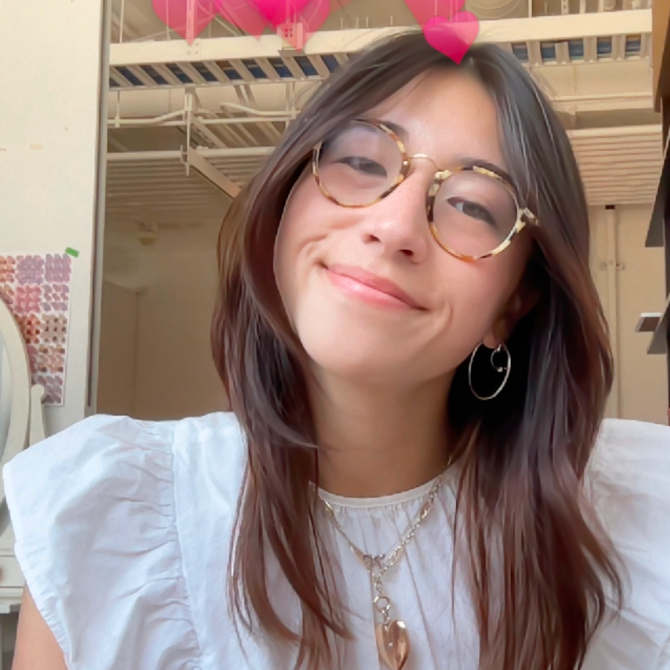- Studio Dirt
- Posts
- Post-internet art
Post-internet art
The last avant-garde

Sean Monahan on Dean Kissick's "The Painted Protest" and the eternal search for the avant-garde. This piece was originally published in 8ball.
There’s a malaise in the art world. The young and creative flock to readings rather than openings. For the first time, the art market is in decline while the stock market surges. There are no critics. There are no movements. There are no famous artists—outside of the art world that is.
Last month, the state of affairs was discussed by Dean Kissick in his Harper’s piece “The Painted Protest: How politics destroyed contemporary art.” As was quickly pointed out, this isn’t the first time art has been declared dead, destroyed, over. In fact, it’s not even the first time Harper’s has declared art dead, destroyed, over.
Fifty years ago, the magazine excerpted Tom Wolfe’s then-new book, The Painted Word. Kissick and Wolfe come to strikingly similar conclusions. Art in both eras has been colonized by discourse—words—and as a result become boring. In Wolfe’s time, the seventies, it was theory (though he pauses to chastise the “propaganda paintings” of the socialist nineteen-thirties). In our time, it’s politics.
A text is a text. Whether it is a philosophical treatise or a political slogan is beside the point.
A pedant might insist these are problems are different in character. But a text is a text. Whether it is a philosophical treatise or a political slogan is beside the point. The end result is the same. To quote Wolfe: “The paintings and other works exist only to illustrate the text.”
Art without boundaries submits easily to conquest.
There is another even more ancient art text on this topic that gets to the point. “Avant-Garde and Kitsch” by the critic Clement Greenberg is canon. No one graduates with any sort of arts degree—historical, theoretical, studio or otherwise—without reading it. It sets up the fundamental binary through which we still judge art today. Is it authentic or inauthentic, in good taste or in poor taste, avant-garde or kitsch.
Greenberg writes:
Kitsch is mechanical and operates by formulas. Kitsch is vicarious experience and faked sensations. Kitsch changes according to style, but remains always the same. Kitsch is the epitome of all that is spurious in the life of our times. Kitsch pretends to demand nothing of its customers except their money—not even their time.
The text—political or otherwise—is the formula. The outrage is the faked sensation. The style is incidental. The artwork is forgettable. Kissick and Wolfe are looking for the avant-garde.
All they find is kitsch.
Greenberg is a contentious figure: indisputably the most important critic of the twentieth century, the high priest of modernist theory, a writer whose ideas provide a baseline understanding of art—even after being wholly rejected and lampooned. (Wolfe dedicates an entire chapter in The Painted Word to skewering Greenberg’s dogmatism—an engine of kitsch in and of itself.)
But even those who would accuse Greenberg of being masculinist, elitist, fanatical, puritanical, whatever may find themselves accidentally using his concepts, aligning with his opinions, especially concerning the avant-garde. They are not technicians, though they are highly-skilled. They are do not mimic the ideas of others, but find newness within their mediums. And above all: “the true and most important function of the avant-garde [is] to keep culture moving…”

THE INTERNET AVANT-GARDE
|
|
|
|
|
|
|

TODAY IN TASTELAND
Daisy and Francis are joined by art critic, curatorial consultant, and writer Tatum Dooley. She is the founder and editor of the newsletter Art Forecast. They discuss the balance of art and business, the importance of artist-first thinking, and the impact of social media on artistic identity.

🌱 JOIN THE DIRTYVERSE







